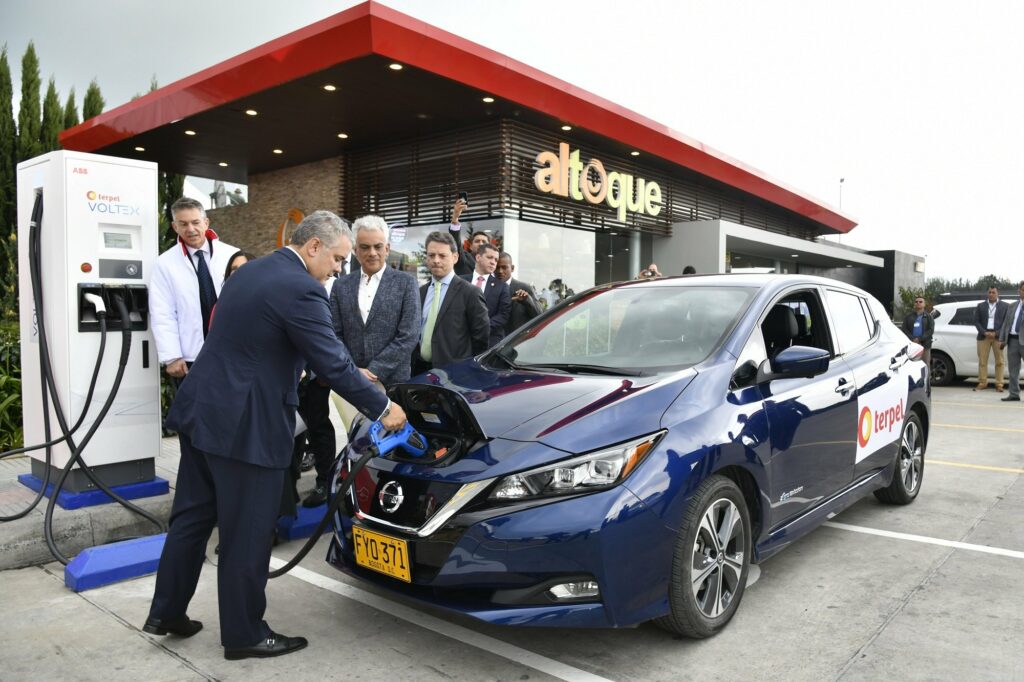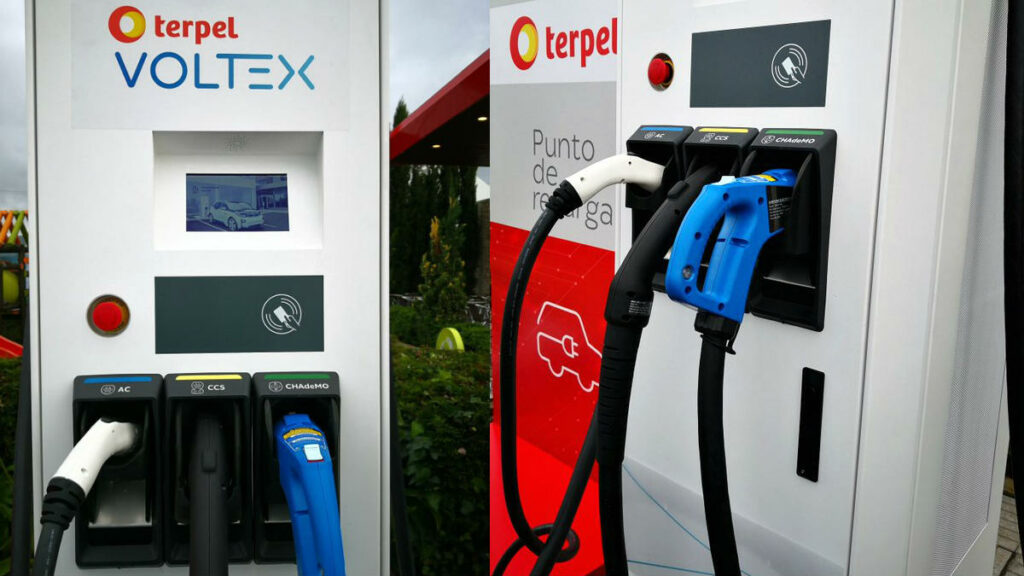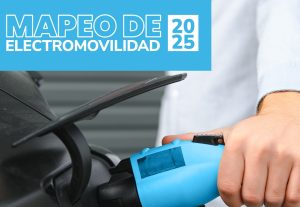1968 was the year that Terpel was born, in Bucaramanga, Colombia. At that time, the company began its work with some 20 service stations in order to meet the growing demand for fuel in the department of Santander.
With at least 50 years of history and just over 30% market share, Terpel has recorded more than a decade of arduous efforts aimed at favoring the environment. In fact, in 2020 it was included in the S&P Global Sustainability YearBook 2021 index.
In addition, he has let it be known that he is a faithful believer in migration towards cleaner mobility alternatives, and as proof of this, his multiple electric charging stations and Natural Gas Vehicles (NGV) shine.
In order to publicize its advances in sustainable mobility and reveal the existing challenges in the field of charging infrastructure in Colombia, among which the definition of charging connector standards in electric vehicles stands out, Terpel has talked with Latam Mobility through its communications team, also making known its points of view and objectives for the coming years.

What is Terpel’s goal in terms of electric mobility for 2021?
Currently in Colombia, there are several incentives for those who use electric vehicles. Measures such as the exemption of the peak and plate have made many people inclined to use this new form of mobility. However, these vehicles have less autonomy, which means that they are mainly used in cities and short distances. This fact can discourage its purchase and use.
Under this scenario, our purpose is to break the barrier that exists for the acquisition of electric vehicles, through the development of a fast-charging network on the country’s highways with which we will seek to deurbanize the electric car. In 2021, we will continue with the project to interconnect cities and allow our users to travel through Colombia regardless of the type of vehicle they use and find stations that allow them to charge their cars.
Likewise, we will continue to support the migration of public bus fleets to electric vehicles, offering a charging solution and the necessary energy to move around.
What have been Terpel’s steps in the transition towards a sustainable business model such as electric mobility?
The first step we took at Terpel was to start making the interconnection between Bogotá and Medellín viable through fast charging stations for electric vehicles. Most of the cars that use this type of technology can make the entire trip between the two cities and have the necessary autonomy thanks to the service stations arranged by the company since last year.
In the same way, we want to continue accompanying the public service in their migration towards a new mobility, through the use of electric vehicles. Currently we provide the electrical charge in three of the four bus yards with this technology that Bogotá has, one of which we design and build. We estimate that by the end of the year we will have operations in five electroterminals, serving 653 fully electric buses.
What are the challenges of the charging infrastructure for Colombia?
The main challenge is to define a standard for the connectors of electric vehicles. Each vehicle, depending on its origin, has a connector with a different standard and this generates confusion for the user, because he is not sure if he can recharge his vehicle in a station or not. The ideal would be to have clear parameters so that suppliers, equipment importers and users have clarity about what services are going to be provided.
So far, there is a draft resolution that says that each charging point must have at least one Type 1 or CCS1 (American standard) charger, but this does not solve the problem since there are many users who will need another type connector and they would be being excluded. Ideally, the country would commit to using a single standard and for the entire chain to adhere to it -as has been done in the past with other technologies from other sectors such as DTT-, in order to put the service of users more charging points.
What communicational aspects does Terpel intend to expose to achieve its goals?
The objective is to show the value offer that Terpel has for the world of electric mobility. We want users, station owners and corporate clients to know that Terpel Voltex is working to encourage the transition to more sustainable mobility and to think of us as a possible ally. Likewise, we seek to reiterate our commitment as a Country Partner with which we seek to offer solutions and advances for Colombia, in this case, interconnecting cities with electric charging stations.




